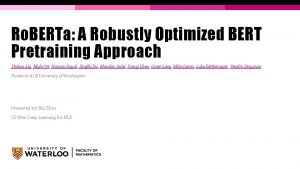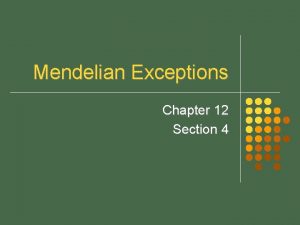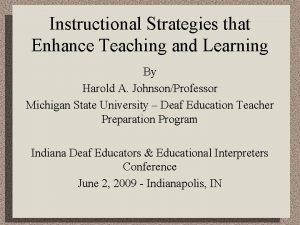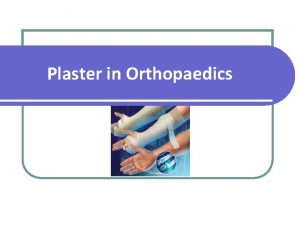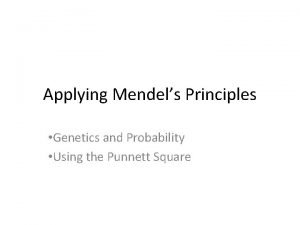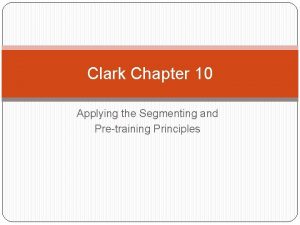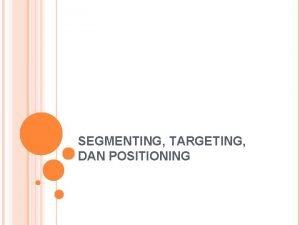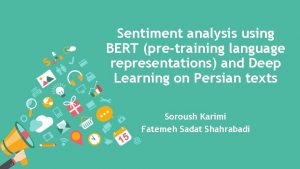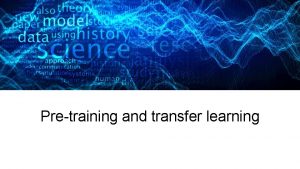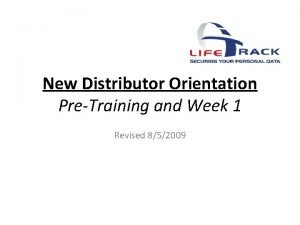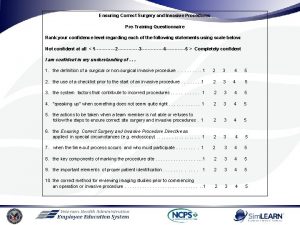Applying the Segmenting and Pretraining Principles Chapter 10
















- Slides: 16

Applying the Segmenting and Pretraining Principles (Chapter 10) Ken Koedinger 1

Which kind of processing are Segmenting & Pretraining targetting? 1. Extraneous 2. Essential or intrinsic 3. Generative or germane • Essential, according to the book • If essential processing is overloaded, what kind of processing suffers? • Generative 2

What are some generative processes? • Hint: Think of KLI. • Generative process are learning processes • Learning processes in KLI are – Memory & fluency building – Induction & refinement – Sense-making & understanding • As we discuss segmenting & pre-training examples, think about which of these generative/learning processes are needed 3

Segmenting Principle Which is better for student learning? A. Let a lesson “play” like a video so learners have a continuous picture of the entire procedure. B. Let learners control the sequence by selecting screens in small bites so they can work at their own rate. Example:

Lesson Complexity produces a need for Segmentation • Lightning lesson has many elements – warm and cold air, updrafts & downdrafts, positive & negative particles in the cloud, positive & negative particles on the ground, leaders & return strokes. . . • Can be broken into sixteen segments – each describes 1 -2 major steps in causal chain 5

Break a complex lesson into smaller parts 6

Student control may help (but see later chapter …) 7

Which of prior studies we have discussed used “segmenting”? • Substitution exercises in Heffernan paper on algebra symbolization • Decomposition planning exercises in Koedinger paper on geometry area 8

Why? • When an unfamiliar learner receives a continuous presentation containing a lot of interrelated concepts, the likely result is that the cognitive system becomes overloaded— too much essential processing is required. • The learner does not have sufficient cognitive capacity to engage in the essential processing required to understand the material. 9

What generative/learning processes are involved in examples above? 10

How does CTA aid application of this principle? 11

Pretraining Principle Which is better for student learning? A. Teach content in context of target procedures B. Separate key concepts from the procedure. Example:

Segmenting Principle Which is better for student learning? A. Let a lesson “play” like a video so learners have a continuous picture of the entire procedure. B. Let learners control the sequence by selecting screens in small bites so they can work at their own rate. Example:

Pretraining • Ensure that learners know the names and characteristics of key concepts 14

15

Why? • Pretraining can help beginners to manage their processing of complex material by reducing the amount of essential processing they do at the time of the presentation. – If they already know what terms like “upper esophageal sphincter” mean, they can devote their cognitive processing to building a mental model of how that component relates to others in the causal chain • The pretraining principle helps manage the learner’s essential processing by redistributing some of it to a pretraining portion of the lesson 16
 Roberta: a robustly optimized bert pretraining approach
Roberta: a robustly optimized bert pretraining approach Chapter 12 lesson 2 applying mendels principles
Chapter 12 lesson 2 applying mendels principles Chapter 12 lesson 2 applying mendels principles
Chapter 12 lesson 2 applying mendels principles 11.2 applying mendel's principles
11.2 applying mendel's principles Chapter 12 lesson 2 applying mendels principles
Chapter 12 lesson 2 applying mendels principles Market segmentation and targeting
Market segmentation and targeting Define market segmentation targeting and positioning
Define market segmentation targeting and positioning Sound waves segmenting
Sound waves segmenting Segmenting principle example
Segmenting principle example Resume jurnal
Resume jurnal Cast slab splint
Cast slab splint Applying mendels principles
Applying mendels principles Applying mendels principles
Applying mendels principles Chapter 33 applying paints and enamels
Chapter 33 applying paints and enamels 17:7 providing first aid for heat exposure
17:7 providing first aid for heat exposure Theory of learning by insight
Theory of learning by insight Assets increase on the debit side
Assets increase on the debit side
